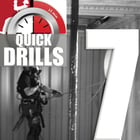 Rescue tripods provide a mobile and rapidly deployable high-point anchor option for confined space emergencies. Like any piece of equipment, however, it has its limitations. It is important that your team becomes proficient with this tool in training to ensure fluid deployment during a live rescue.
Rescue tripods provide a mobile and rapidly deployable high-point anchor option for confined space emergencies. Like any piece of equipment, however, it has its limitations. It is important that your team becomes proficient with this tool in training to ensure fluid deployment during a live rescue.
There are two primary topics to review regarding rescue tripod operations: Set-Up and Rigging. Here’s a quick drill to help you and your team become more proficient in its use.
Set-Up
1. Find an area to review your tripod operations. Ideally, train over a potential rescue space, keeping in mind safety around any open spaces. As with any training exercise, always use proper PPE and take proper fall protection precautions. If you don’t have access to potential spaces or are training in a municipal environment, improvise with a closed street manhole or create a mock-up opening with wood or cardboard.
2. Deploy your tripod. While you are deploying it, discuss the following with your team:
a. When do you setup the tripod in a rescue operation? Prior to rescuer entry? During packaging stage? During extrication stage?
b. Do we setup the tripod over the space or in a safe area, then move the tripod over the space?
c. What type of patient packaging will be done and at what height will the tripod need to be in order to clear packaging out of space?
d. Tripod strengths at different height settings. Is height more important or strength?
e. Can the legs of the tripod be different lengths or rest on different elevated surfaces?
f. Should the tripod be tied down so it won’t tip?
g. Keeping resultant forces within the legs of the tripod to prevent tipping.
h. Insure correct assembly, including the use of the tripod’s chain to prevent overspreading the legs of the tripod.
Now that your tripod is assembled, move on to rigging.
Rigging
Rig each of the following systems and raise and lower a load/weight. This shows the pros and cons of operating each system. Show how the resultant forces can be applied by the haul position or by patient movement outside the tripod footprint. In most cases, there are three rigging options for tripod operations. Rig each, while discussing each method’s strengths and weaknesses.
1. Block and Tackle System
a. Often pre-rigged and therefore rapid to deploy.
b. Will the length of the collapsed system create height constraints to remove the victim from the space?
c. Does the height of the tripod create any issues operating the cam of the system?
d. Rope length vs depth of space; what strength M/A will you be able to build?
e. Can the haul team keep resultant haul forces within the legs or footprint of the tripod to prevent tipping, or do we need to have a change of direction pulley?
2. Single Main Line with COD (change of direction) within the Tripod’s Footprint
a. Better option when the tripod’s height and victim clearance are concerns.
b. Enables the lower/haul team to operate remote of the space.
c. Necessitates an anchor point within the tripod’s footprint and an anchor point for the main line.
d. Allows for reaching greater depths than a block and tackle system.
e. Single line entering the space and allows for attachment of patient air bottle.
f. Takes more time to rig.
3. Pass-Through Method
a. A solution when the block and tackle or single main line techniques will not work (no anchor point within footprint of tripod available).
b. Increased Mechanical Advantage (6x1).
c. Requires two remote in-line anchor points on opposite sides of the space.
d. Two traveling lines in the space.
e. Eliminates concerns with haul-resultant forces.
f. Most complicated of the three systems.
A properly deployed rescue tripod can be a game changer for a confined space rescue. As with any piece of equipment, continuous training with the device and its associated techniques is necessary to maintain “proficiency,” which translates into safety and efficiency! Always, train hard so that your team will perform when the call comes!
Next in this series: QUICK DRILL #11 - Patient Packaging (Single Rescuer)

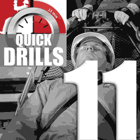
 Due to their relative simplicity, belay systems rarely see the dedicated training that is often given to the other elements of rescue, such as mechanical advantage or patient packaging. Just because you can rig a 540 Belay Device or tie a Munter Hitch does not necessarily mean you are proficient in their use.
Due to their relative simplicity, belay systems rarely see the dedicated training that is often given to the other elements of rescue, such as mechanical advantage or patient packaging. Just because you can rig a 540 Belay Device or tie a Munter Hitch does not necessarily mean you are proficient in their use.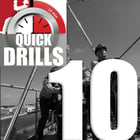
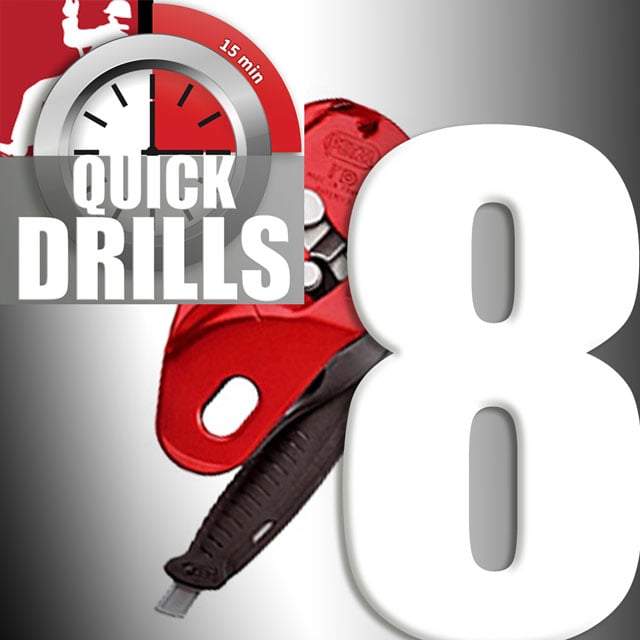

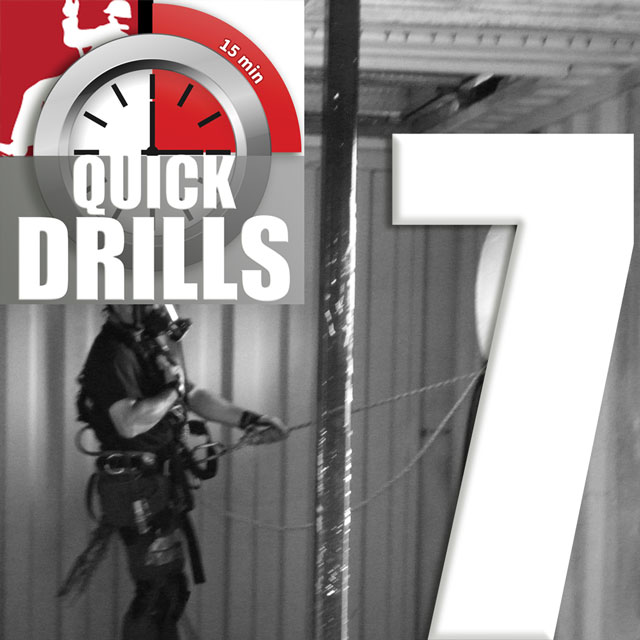 Maintaining proficiency when building rescue systems requires skills and experience – that’s why regular practice is critical!
Maintaining proficiency when building rescue systems requires skills and experience – that’s why regular practice is critical! 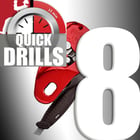
 At times, it may be necessary to use a single rope split between two different rescue systems. This can be useful when all ropes are being used for other purposes, such as taglines, extending anchors, etc. Being proficient in using a single rope between two systems helps spread the resources and may be more than just another tool in your toolbox. Someday, it could be crucial to a successful rescue!
At times, it may be necessary to use a single rope split between two different rescue systems. This can be useful when all ropes are being used for other purposes, such as taglines, extending anchors, etc. Being proficient in using a single rope between two systems helps spread the resources and may be more than just another tool in your toolbox. Someday, it could be crucial to a successful rescue!